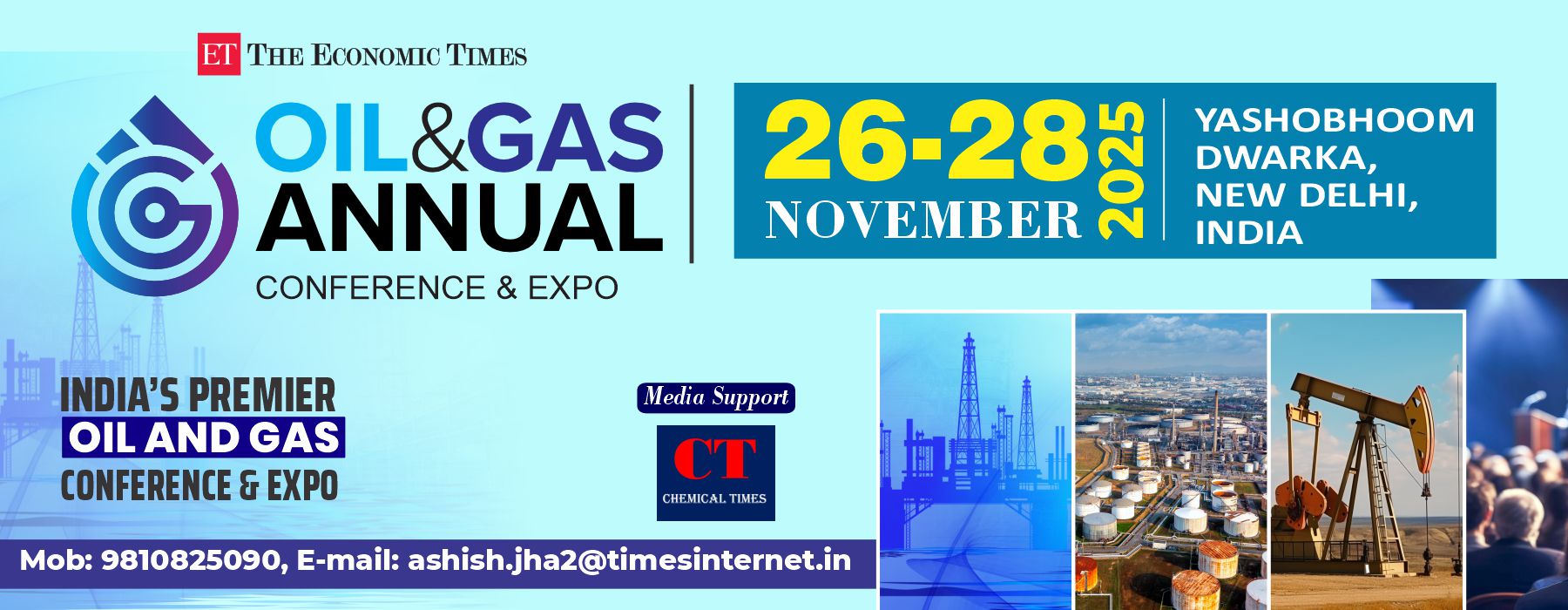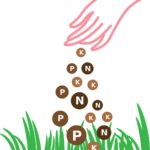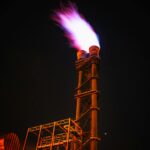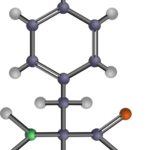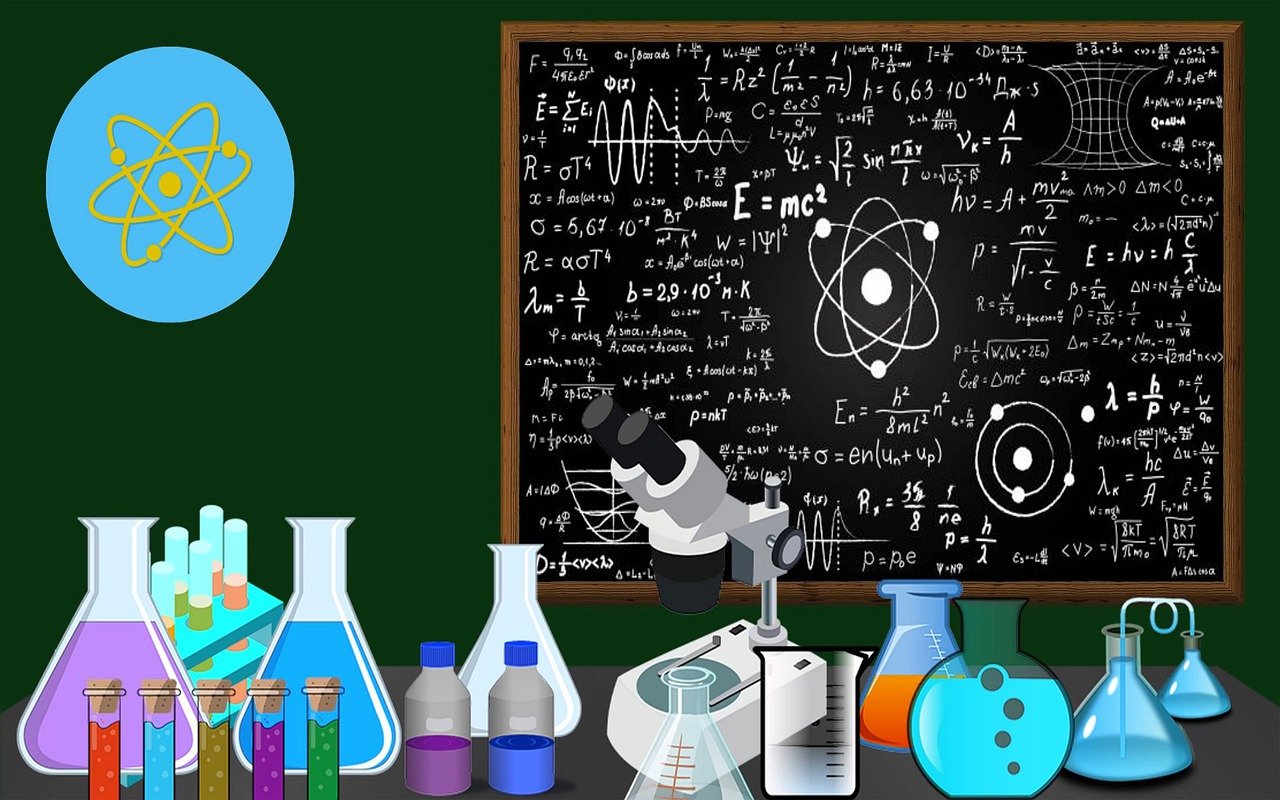In the world of chemical engineering, systems engineering, and industrial process control, mathematical modeling is an essential tool. Whether you’re designing a new plant, analyzing equipment behavior, or simulating process performance, selecting the right modeling approach is critical. Two of the most widely used modeling paradigms are steady-state modeling and dynamic modeling.
Although they may seem similar at first glance—both aim to represent physical systems—their differences are fundamental and have significant implications for system design, analysis, optimization, and control. This article explores what sets steady-state and dynamic modeling apart, their respective advantages, and when each should be applied in real-world engineering scenarios.
What is Modeling in Engineering?
Before diving into steady-state and dynamic models, it’s important to define what we mean by “modeling.” In engineering and science, a model is a mathematical or computational representation of a real-world system. It helps predict how a system behaves under various conditions without physically building or changing that system.
Models are used for:
Equipment design and specification
Process optimization
System control and automation
Safety analysis and risk mitigation
Troubleshooting and training
Depending on the type of system and the goals of the analysis, engineers may use either steady-state or dynamic modeling—or both.
Steady-State Modeling: A Snapshot in Time
Definition
A steady-state model assumes that all system variables remain constant over time. There is no accumulation or depletion of mass, energy, or momentum. Mathematically, this means that the time derivatives of state variables (like temperature, pressure, and concentration) are set to zero:
dX/dt=0
This kind of modeling is analogous to taking a photograph of the system—capturing a single moment under fixed conditions.
Applications
Steady-state models are commonly used in:
Design and sizing of equipment (e.g., pumps, heat exchangers, reactors)
Mass and energy balances
Economic evaluations (capital and operational cost analysis)
Process simulation software like Aspen Plus or HYSYS (in steady-state mode)
For example, when designing a distillation column, engineers often begin with a steady-state model to determine the number of stages, reflux ratio, and feed conditions required to achieve the desired separation.
Advantages
Simplicity: Easier to solve since it typically involves algebraic equations rather than differential equations.
Speed: Faster computational time, which is beneficial for early design phases or large-scale optimization.
Ideal for design: Provides necessary information for sizing and material specification under expected operating conditions.
Limitations
No time behavior: Cannot simulate how the system responds to changes, such as start-up, shut-down, or disturbances.
Assumes equilibrium: May not reflect real-world conditions where fluctuations or time-dependent effects are critical.
Dynamic Modeling: Watching the System Evolve
Definition
Dynamic modeling captures how system variables change over time. It accounts for the accumulation or depletion of mass, energy, or momentum within the system. Time is a central variable, and the model is built using differential (and often algebraic) equations:
dX/dt≠0
Dynamic models are like videos that show how a system behaves, reacts, and evolves.
Applications
Dynamic models are essential in:
Control system design and tuning (PID controllers, model predictive control)
Transient analysis (start-up, shut-down, batch operation)
Process safety (e.g., response to power failure or equipment malfunction)
Training simulators for plant operators
For example, a dynamic model of a continuous stirred tank reactor (CSTR) can simulate how the reactor temperature and concentration change in response to a sudden change in feed composition—critical for safe and efficient control.
Advantages
Realistic representation: Captures transient behavior and non-equilibrium phenomena.
Essential for control: Used to design feedback and feedforward control systems.
Predictive power: Can forecast system behavior under disturbances or process changes.
Limitations
Complexity: Requires solving systems of differential equations, which can be computationally demanding.
More data required: Needs initial conditions, time-dependent parameters, and more detailed inputs.
Longer simulation times: Especially in large systems with many variables or stiff equations.
Mathematical Differences
The mathematical formulation is the core distinction:
| Aspect | Steady-State Modeling | Dynamic Modeling |
|---|---|---|
| Time dependence | No (dX/dt=0) | Yes (dX/dt≠0) |
| Governing equations | Algebraic | Differential (and algebraic) |
| Behavior modeled | Long-term, static | Short-term, transient |
| Initial conditions | Not required | Required |
| Simulation output | Single point | Time-dependent profile |
For example, consider a tank being filled with water:
Steady-state model: Assumes input flow = output flow, and the water level remains constant.
Dynamic model: Considers the rate of change of water level over time as the tank fills or drains.
When to Use Each Modeling Approach
The choice between steady-state and dynamic modeling depends on the goals of the analysis.
✅ Use Steady-State Models When:
You’re performing preliminary design or feasibility studies.
You need to size equipment under assumed operating conditions.
You want to optimize economic performance under stable conditions.
Time-based behavior is not important or varies slowly.
✅ Use Dynamic Models When:
You’re analyzing start-up, shut-down, or emergency scenarios.
You’re developing or tuning control systems.
You want to simulate real-time behavior or evaluate system stability.
You need to perform operator training or safety drills.
Often, both types are used together. Engineers might begin with steady-state models for early design and feasibility, then switch to dynamic models for detailed control, safety, and operational planning.
Industry Examples
1. Chemical Plant Design
Steady-State: Used to design reactors, heat exchangers, and separators under optimal throughput conditions.
Dynamic: Simulates what happens during plant start-up or if a valve suddenly closes.
2. Wastewater Treatment
Steady-State: Determines average pollutant removal efficiency.
Dynamic: Models spikes in inflow or changes in chemical dosing.
3. Power Generation
Steady-State: Used for power output calculations at full load.
Dynamic: Models turbine ramp-up or behavior during grid fluctuations.
Software Tools for Modeling
There are various software platforms tailored for steady-state and dynamic modeling:
| Software | Steady-State Mode | Dynamic Mode |
|---|---|---|
| Aspen Plus | ✅ Yes | ❌ No |
| Aspen HYSYS | ✅ Yes | ✅ Yes |
| MATLAB/Simulink | ❌ No | ✅ Yes |
| COMSOL Multiphysics | ✅ Yes | ✅ Yes |
| Dymola | ❌ No | ✅ Yes |
Steady-state simulation tools are typically integrated into design software, while dynamic modeling is more common in simulation and control environments.
Conclusion
Both steady-state and dynamic models are indispensable tools in the engineer’s toolkit. While steady-state models offer simplicity and are ideal for design and optimization, dynamic models provide realism and are critical for control, safety, and system responsiveness.
The key is knowing when to use each approach:
For long-term, stable conditions, go steady-state.
For time-sensitive or transient conditions, go dynamic.
In real-world engineering, these models are often used together—steady-state for the foundation and dynamic for the fine-tuning. Together, they allow engineers to build systems that are not only efficient and cost-effective but also safe, responsive, and resilient.
